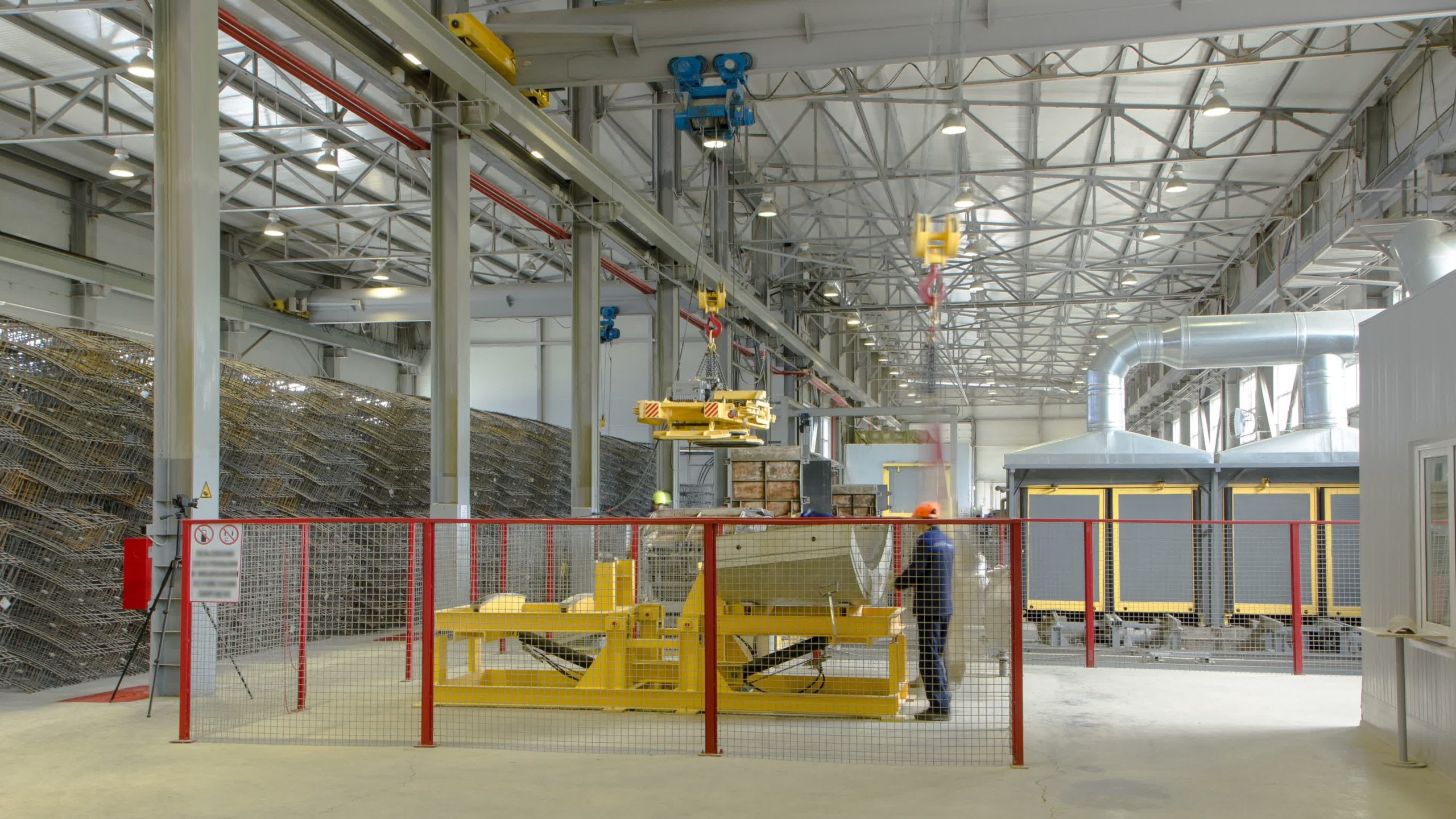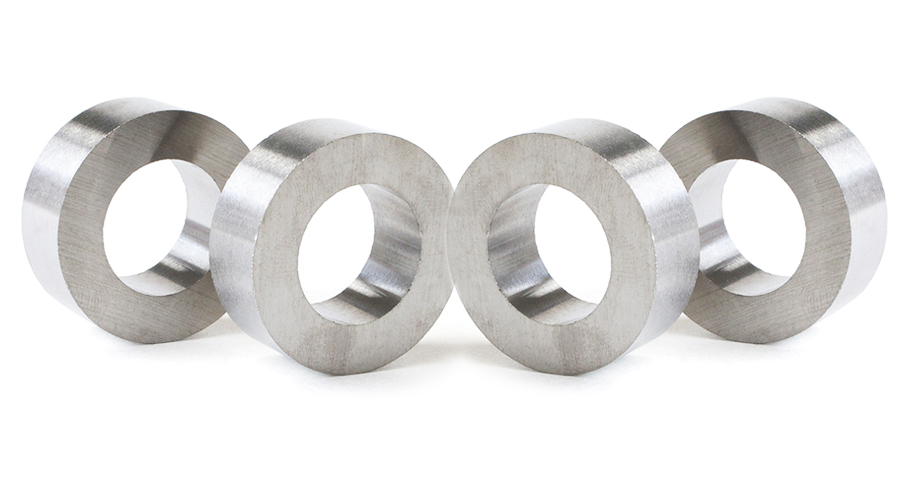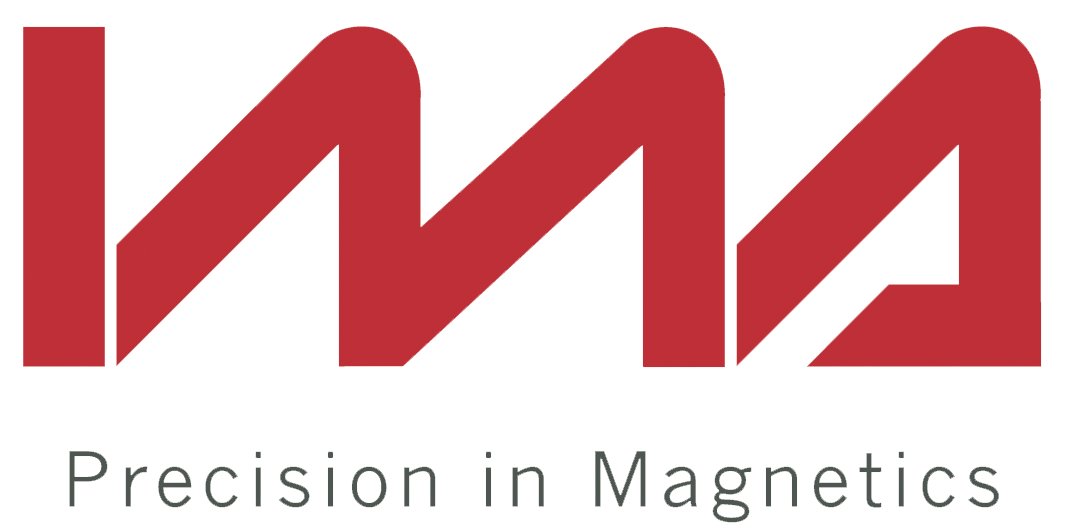The Magnetic Lifter, the ideal tool for transporting heavy loads
The transport of heavy materials often presents a great challenge. It is easier when the materials that move are loads that contain iron, such as metal sheets, tubes, cans and barrels. In such cases, a manual magnetic lifter is an ideal and practical tool.
What are magnetic lifters?
Magnetic lifters are usually permanent magnets. In recent years, they are the most common form of lifting and transport technology.
Magnetic Lifters are made using neodymium magnets. The main components are neodymium, iron and boron. Neodymium magnets are often referred to as "rare earth magnets". Their magnetic force is greater than ferrite magnets. The strength of a magnet is measured in "Newtons". The greater the de Newton value, the greater the magnetic energy by volume. When choosing a magnetic lifter, you must pay attention to the Newton value. The value necessary, will depend on the loads you want to lift or transport.
Operation of the magnetic lifter
Magnetic lifters are available in many different shapes and designs. In principle, they can be adapted to all the loads that you want to lift or transport. A manual lifter is fixed on steel plates, tubes, beams ... and the high-power neodymium magnet is activated with a lever. With the help of a crane, you can transport the material you want. Once it has reached the target position, the lever is released and the magnetic lifter becomes completely non-magnetic again. The great advantage of such durable neodymium magnets over an electric transport magnet, of course, is that it works without electricity and yet can be magnetized or demagnetized. If the locking lever is in the "off" position, the charging magnet is absolutely non-magnetic and can be transported safely and conveniently.
As with all jobs that involve heavy loads, safety instructions must also be observed.
People with pacemakers should avoid manipulating such charging magnets. It is also important to remove it after "turning on" the magnetism of the permanent magnet. The wearing of safety helmets and safety shoes, should be a matter of course. Since neodymium magnets are relatively sensitive to heat, the material to be lifted should not exceed a maximum temperature of 80°C.
Advice for the best purchase
There are many factors to consider for choosing an appropriate magnetic lifter. Not only the shape of the materials to move is decisive, but also the required strength or its maximum resistance. Therefore, the best technical advice should be taken. At IMA you will find competent contact persons to search for solutions for your application. Feel free to contact us.












